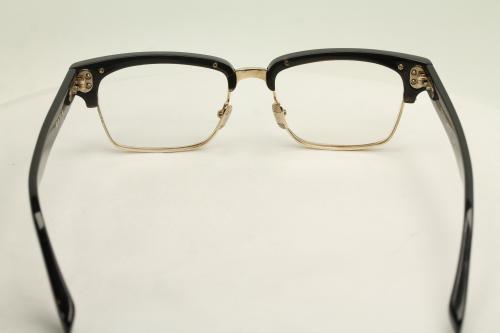Eco-Friendly Options for Eyeglass Repair: Repair, Reuse, Recycle


In our modern consumer-driven world, sustainability
and eco-friendliness have become increasingly important. Individuals and
industries are exploring ways to minimize their environmental footprint, from
reducing waste to conserving resources.
When it comes to eyeglass repair, embracing
eco-friendly options not only contributes to environmental conservation but
also promotes responsible consumption habits.
This article delves into eco-friendly eyeglass
repair, exploring the principles of restoration, reuse, and recycling.
Repair:
Extending the Lifespan of Eyeglasses
Repairing eyeglasses is a sustainable approach that
prolongs the lifespan of your eyewear while reducing the need for new
replacements.
Many common issues that lead people to discard their
eyeglasses can be easily fixed with the right tools and techniques.
From loose screws to bent frames and minor
scratches, repairing eyeglasses not only saves money but also minimizes the
environmental impact associated with manufacturing new pairs.
One of the simplest and most effective ways to
repair eyeglasses is using kits specifically designed for this purpose.
These kits often include small screwdrivers,
replacement screws, and nose pad replacements, allowing users to tackle common
repair issues at home.
By empowering individuals to handle minor repairs,
these kits encourage self-sufficiency and reduce the need for professional
intervention, thereby decreasing carbon emissions associated with
transportation and energy usage.
Furthermore,
finding local optical shops offering repair services can be a sustainable
option.
Supporting local businesses fosters community
engagement and reduces the environmental costs associated with shipping and
transportation.
Reuse:
Finding New Life for Old Eyeglasses
In the pursuit of sustainability, reusing old
eyeglasses presents an opportunity to reduce waste and minimize environmental
impact.
Many individuals discard their old eyeglasses when
they upgrade to a new prescription or style, often overlooking the potential
for reuse. However, these discarded eyeglasses can find new life through
various reuse initiatives.
One
common practice is donating old eyeglasses to organizations that distribute
them to individuals in need, both locally and globally.
Charitable organizations and non-profits often
collect donated eyeglasses, refurbish them if necessary, and distribute them to
underserved communities with limited access to vision care.
By donating old eyeglasses, individuals contribute
to improving the quality of life for others while diverting materials from
landfills.
Another
option for reusing old eyeglasses is repurposing them into new, innovative
products. Creative entrepreneurs and artisans worldwide transform old
eyeglasses into jewellery, artwork, and architectural materials.
By upcycling old eyeglasses, these individuals
demonstrate the transformative power of reuse while inspiring others to
reimagine the potential of discarded materials.
Recycle:
Closing the Loop on Eyeglass Materials
Recycling is crucial in the sustainable management
of materials, including those used in eyeglasses. While not all components of
eyeglasses are easily recyclable, certain materials, such as metal frames and
plastic lenses, can be repurposed through recycling programs.
Metal
frames, typically made from stainless steel or titanium, can be melted down and
recycled to create new metal products.
By participating in metal recycling programs or
donating old metal frames to scrap yards, individuals contribute to the
circular economy, where materials are continuously reused and repurposed.
Similarly,
plastic lenses, often made from materials like polycarbonate or CR-39, can be
recycled to produce new plastic products.
Many optical retailers and manufacturers offer
recycling programs designed explicitly for eyeglass lenses, allowing customers
to return old lenses for proper disposal and recycling.
In
addition to recycling frames and lenses, some manufacturers are exploring
sustainable alternatives for eyeglass materials, such as biodegradable frames
made from plant-based plastics or recycled materials.
By investing in sustainable eyewear options,
consumers support innovation in eco-friendly manufacturing practices and
promote the adoption of environmentally conscious materials.
Conclusion
In conclusion, embracing eco-friendly options for
eyeglass repair through repair, reuse, and recycling represents a proactive
step toward sustainability and environmental stewardship.
By repairing eyeglasses instead of discarding them,
reusing old eyeglasses through donation or repurposing, and recycling eyeglass
materials, individuals can minimize their ecological footprint while promoting
responsible consumption habits.
As
consumers become increasingly aware of the environmental impact of their
purchasing decisions, the demand for eco-friendly eyeglass repair options is
likely to grow.
Individuals can contribute to a more environmentally
sustainable future by prioritizing sustainability in eyeglass repair practices
while preserving their vision and style for years.
Comments